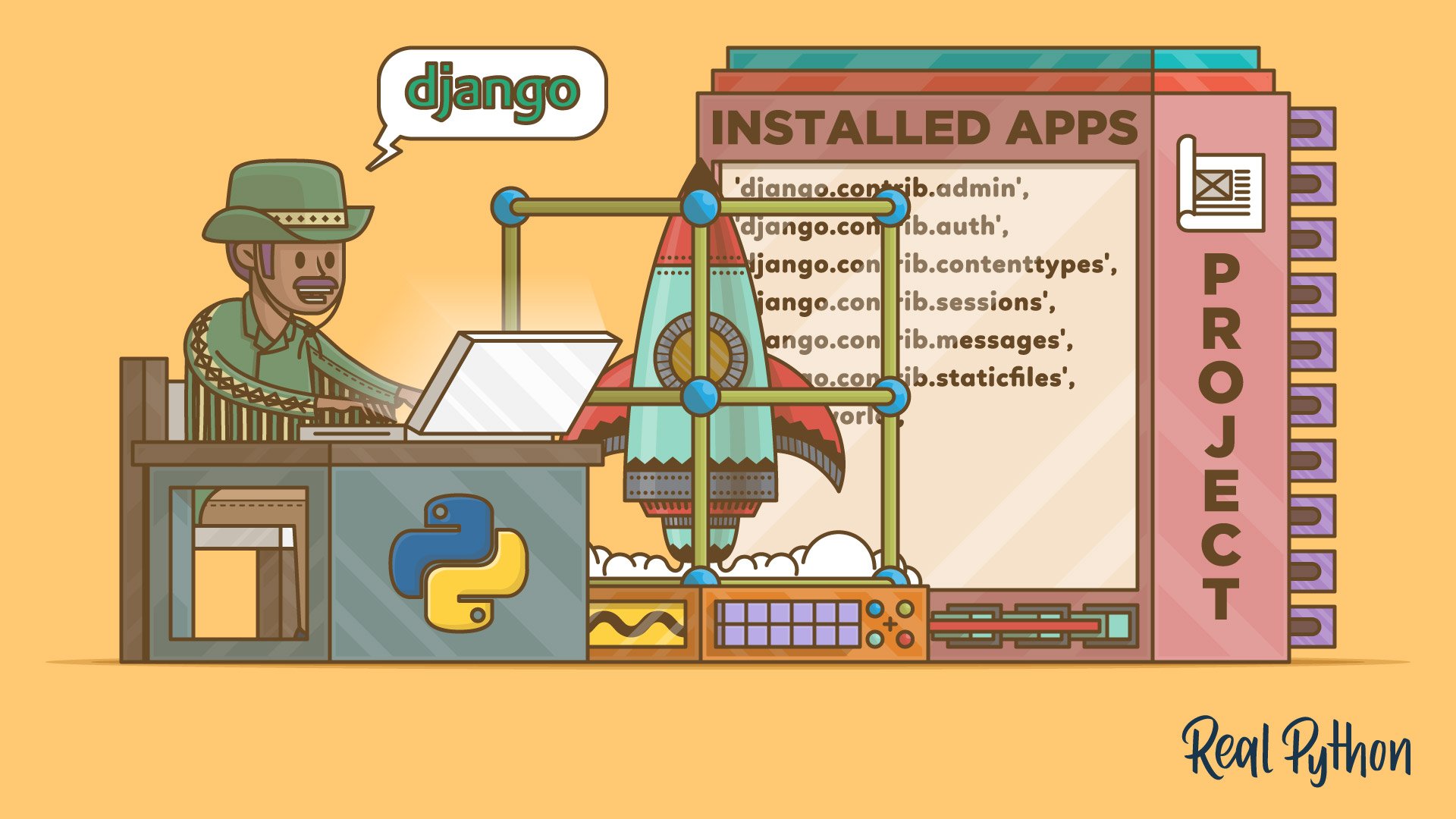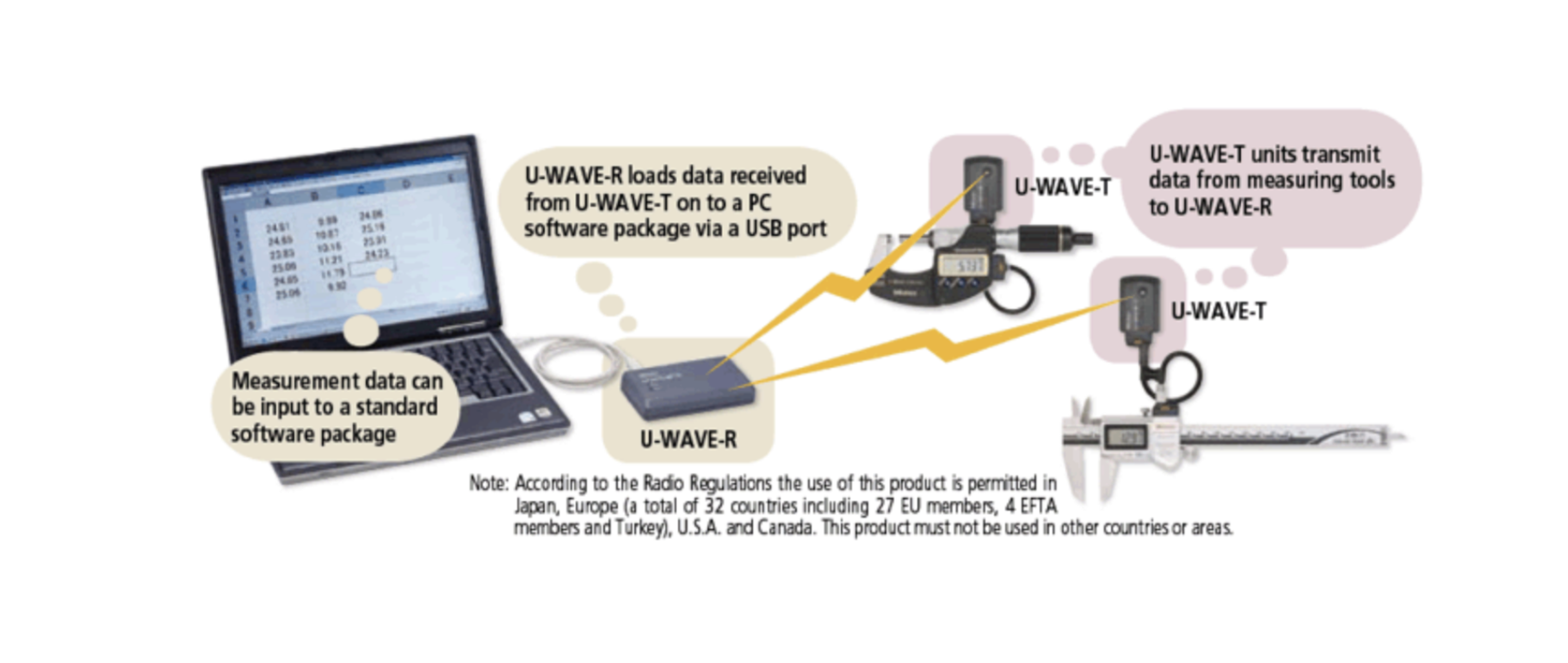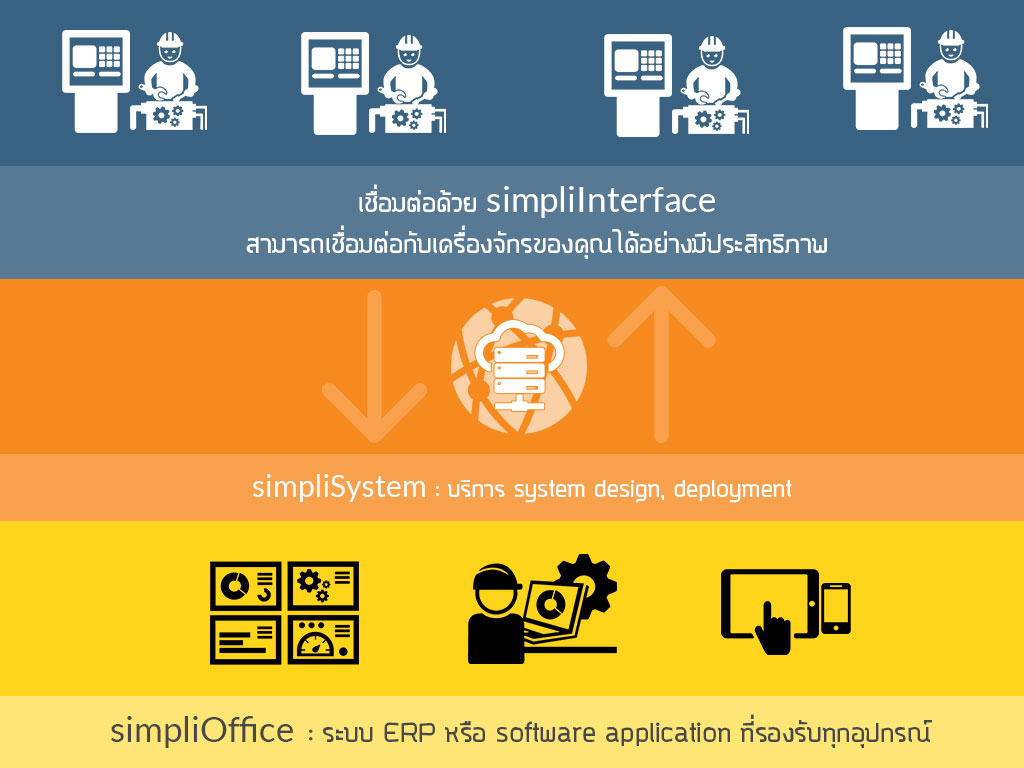How Celery and RabbitMQ Work Together: A Comprehensive Overview
Celery and RabbitMQ form a powerful combination for managing tasks in distributed systems. Celery is a robust task queue system, while RabbitMQ acts as a reliable message broker to manage communication between tasks and workers. In this blog post, I’ll explore how Celery and RabbitMQ work together, sharing insights and practical examples to demonstrate their synergy.
What is Celery?
Celery is an open-source distributed task queue that enables asynchronous task execution. It allows developers to offload time-consuming operations, improving the responsiveness and performance of applications. Celery supports:
- Task scheduling for deferred execution.
- Distributed execution across multiple workers.
- Integration with message brokers like RabbitMQ and Redis.
What is RabbitMQ?
RabbitMQ is a widely-used message broker that facilitates communication between applications. It uses a publish-subscribe model to queue and manage messages, ensuring reliable delivery. Key RabbitMQ features include:
- Support for multiple messaging protocols.
- Message durability and persistence.
- Scalability and clustering capabilities.
How Celery and RabbitMQ Work Together:
The collaboration between Celery and RabbitMQ can be described in three main steps:
1.Task Creation:
When a task is created in a Celery-powered application, it is sent to a queue managed by RabbitMQ. The task contains:
- A unique task ID.
- Arguments to be processed.
- Metadata such as execution time and priority.
2.Message Queuing:
RabbitMQ receives the task as a message and places it in the appropriate queue. Each queue is configured based on task requirements (e.g., priority, retry policies).
3.Task Execution:
Celery workers listen to the RabbitMQ queues. When a task is available, a worker picks it up, processes it, and updates the status (e.g., success, failure).
Here’s a visual representation of how Celery and RabbitMQ work together:
graph TD
A[Application] -->|"Create Task"| B["RabbitMQ Queue"]
B -->|"Distribute Task"| C["Celery Workers"]
C -->|"Process Task"| D["Result Backend (e.g., Redis/Database)"]
D -->|Store Result| E[Application]
C -->|Update Status| F[RabbitMQ Queue]
F -->|Notify Completion| ASetting Up Celery with RabbitMQ:
Here’s how to integrate Celery and RabbitMQ in a Python project:
1.Install Dependencies:
pip install celery[redis] pika2.Configure Celery:
Define the Celery app and RabbitMQ settings:
from celery import Celery
app = Celery('tasks', broker='pyamqp://guest@localhost//')
@app.task
def add(x, y):
return x + y3.Run RabbitMQ:
Start RabbitMQ on your system:
rabbitmq-server4.Start Celery Workers:
celery -A tasks worker --loglevel=info5.Execute Tasks:
From a Python shell:
from tasks import add
result = add.delay(4, 6)
print(result.get())Monitoring Tasks:
Celery and RabbitMQ provide robust monitoring tools:
1.Celery Commands:
- Active tasks:
celery -A tasks inspect active - Scheduled tasks:
celery -A tasks inspect scheduled - Reserved tasks:
celery -A tasks inspect reserved
2.RabbitMQ Management Console:
Enable the RabbitMQ management plugin:
rabbitmq-plugins enable rabbitmq_managementAccess the console at http://localhost:15672 for detailed insights into queues, exchanges, and connections.
Benefits of Using Celery and RabbitMQ Together:
1.Scalability:
- RabbitMQ’s clustering capabilities allow for distributed message management.
- Celery workers can scale horizontally to handle increased workloads.
2.Reliability:
- RabbitMQ ensures message durability, preventing data loss.
- Celery’s retry mechanisms handle task failures gracefully.
3.Flexibility:
- Task routing enables fine-grained control over which workers handle specific tasks.
- Support for periodic tasks through
django-celery-beat.
Challenges and Solutions:
1.Message Queue Overload:
- Issue: High task volumes can overload RabbitMQ queues.
- Solution: Use task prioritization and queue partitioning.
2.Debugging Distributed Systems:
- Issue: Identifying task failures in a distributed system.
- Solution: Enable detailed logging and use monitoring tools like Flower.
3.Stale Tasks in Queues:
- Issue: Queues containing unprocessed tasks.
- Solution: Purge queues regularly using Celery commands.
Conclusion:
The synergy between Celery and RabbitMQ makes them ideal for building distributed systems. Celery’s task management capabilities, coupled with RabbitMQ’s reliable message queuing, ensure scalability and efficiency. Whether you’re offloading heavy computations or scheduling periodic jobs, this duo can handle it seamlessly.
Next Steps:
As you explore Celery and RabbitMQ, consider experimenting with:
- Task result backends like Redis or databases for tracking outcomes.
- Fine-tuning RabbitMQ queues for performance optimization.
- Adding monitoring and alerting to handle unexpected bottlenecks.
Get in Touch with us
Related Posts
- Reference Architecture for Provincial / Municipal Digital Systems
- 实用型 GovTech 架构:ERP、GIS、政务服务平台与数据中台
- A Practical GovTech Architecture: ERP, GIS, Citizen Portal, and Data Platform
- 为什么应急响应系统必须采用 Offline First 设计(来自 ATAK 的启示)
- Why Emergency Systems Must Work Offline First (Lessons from ATAK)
- 为什么地方政府的软件项目会失败 —— 如何在编写代码之前避免失败
- Why Government Software Projects Fail — And How to Prevent It Before Writing Code
- AI 热潮之后:接下来会发生什么(以及这对中国企业意味着什么)
- After the AI Hype: What Always Comes Next (And Why It Matters for Business)
- 为什么没有系统集成,回收行业的 AI 项目往往会失败
- Why AI in Recycling Fails Without System Integration
- ISA-95 vs RAMI 4.0:中国制造业应该如何选择(以及为什么两者缺一不可)
- ISA-95 vs RAMI 4.0: Which One Should You Use (And Why Both Matter)
- 为什么低代码正在退潮(以及它正在被什么取代)
- Why Low‑Code Is Falling Out of Trend (and What Replaced It)
- 2025 年失败的产品 —— 真正的原因是什么?
- The Biggest Product Failures of 2025 — And the Real Reason They Failed
- Agentic AI Explained: Manus vs OpenAI vs Google —— 中国企业的实践选择
- Agentic AI Explained: Manus vs OpenAI vs Google — What Enterprises Really Need
- AI驱动的医院信息系统纵向整合(Vertical Integration)














